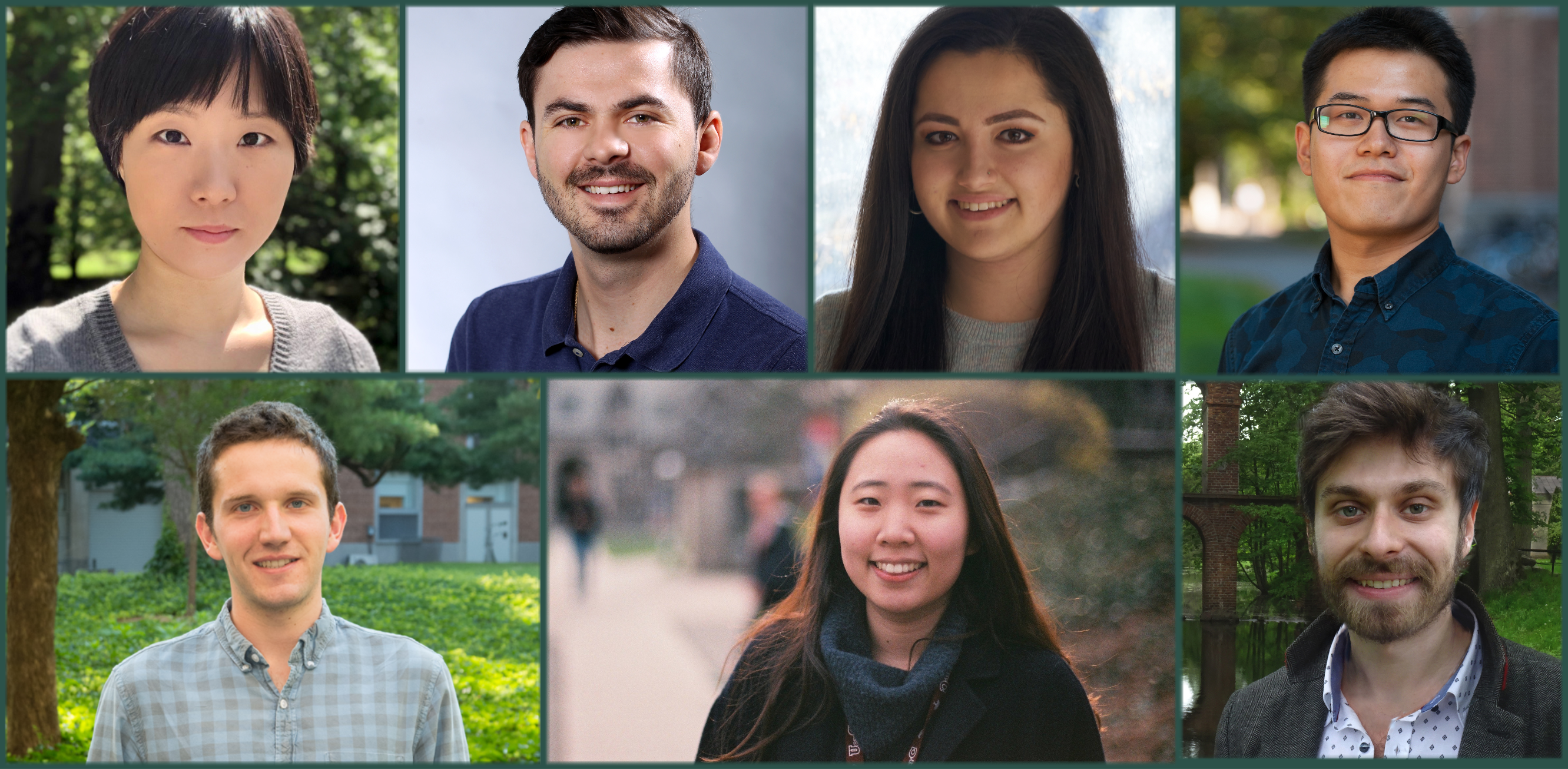Hack Graduate Award recipients explore water issues from groundwater cleanup to carbon-capturing crystals
The Princeton Environmental Institute (PEI) has selected seven Princeton University graduate students as 2020 recipients of the Mary and Randall Hack ’69 Graduate Awards for Water and the Environment. The awardees are Francisco Carrillo, Eunah Han, Julie Kim, Aleksander Musiał, Daniel Ruth, Joanna Schneider, and Kewei Zhao. They represent the departments of chemical and biological engineering, geosciences, civil and environmental engineering, art and archaeology, mechanical and aerospace engineering, and chemistry.
Their research addresses topics such as how soil microbes convert atmospheric nitrogen into crucial plant nutrients; the generation of crystalline solids that would capture atmospheric carbon dioxide and toxic mining byproducts; the formation of marine sediment to improve modeling of the ancient climate; the environmental dimensions of public bathing as it developed during the 18th century; the multi-scale and multi-physics nature of how fluid flows through porous materials; the rate at which bubbles from breaking waves transfer oxygen and other gases between the ocean and the atmosphere; and a simpler and more efficient method for removing oily contaminants from groundwater aquifers.
In its ninth year, the Hack Award program provides up to $10,000 in research funding to Princeton Ph.D. candidates exploring water and water-related topics in various disciplines, including climate science, biology, engineering and environmental policy. With the latest awards, 50 Princeton graduate students have received research support from the program.
Brief descriptions of each recipient’s research proposal are below.
Francisco Carrillo, Chemical and Biological Engineering
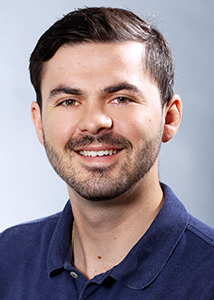

Adviser: Ian Bourg, Assistant Professor of Civil and Environmental Engineering and the Princeton Environmental Institute
Carrillo will design a novel computational framework for simulating fluid flow at multiple scales through soft porous materials such as biofilms and membranes. Understanding the relationship between fluid and solid mechanics is crucial for processes such as water treatment, membrane filtration, the wetting and drying of soils, carbon dioxide sequestration, and nuclear-waste disposal. With his model, Carrillo seeks to resolve the ongoing challenge of accounting for the multi-scale and multi-physics nature of these systems and assessing the impact that clay swelling, biofilm clogging, fracturing, and chemical reactions may have on them. He plans to make his model open-source and available for researchers across disciplines.
Eunah Han, Geosciences
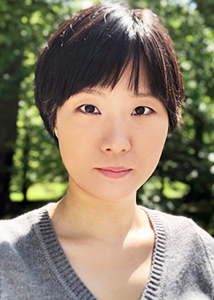

“Examining Hydrological Effects on Mo-Independent Nitrogen Fixation by Epiphyte and Soil-Associated Microbes in Temperate and Tropical Rainforests”
Adviser: Xinning Zhang, Assistant Professor of Geosciences and the Princeton Environmental Institute
Han will explore how the soil microbes that convert atmospheric nitrogen into the ammonia that forests and agricultural crops need access the rare metal molybdenum (Mo) required to carry out the transition. The process, known as biological nitrogen fixation, also is crucial to naturally removing carbon dioxide from the atmosphere. Han will collect samples from temperate forests in New Jersey — including Princeton’s Stony Ford Research Station — and tropical forests in Panama to investigate if the scarce element is made bioavailable through precipitation that in turn stimulates biological nitrogen fixation. She will distinguish Mo-dependent fixation from Mo-independent fixation, and measure the relative abundance of Mo in rainfall to study if dependence on the element is influenced by season, soil gradient and proximity to urban areas.
Julie Kim, Civil and Environmental Engineering


“Simultaneous Removal of Toxic Metals and Capture of Atmospheric CO2 in Mining-Affected Waters”
Adviser: Catherine Peters, Professor of Civil and Environmental Engineering
Kim will pursue an original strategy of generating crystalline solids that would remove carbon dioxide from the atmosphere and protect ecosystems and drinking water from the toxic byproducts of mining. The technique would crystallize carbon dioxide and toxic metals in mine waste that are rich in positively charged ions known as divalent cations. Under engineered conditions, reactive solutions deployed on the mining surface would form structurally stable solids within and around mine waste to capture already released contaminants and reduce the future release of more. Through her Hack Award, Kim plans to attend the global International Mine Water Association annual meeting to share her work. This work is part of the PEI Water and the Environment Grand Challenges project, “The Water-Mining-Climate Nexus in South Africa: A Global Solution for a Local Problem,” that Peters is co-leading with Satish Myneni, Professor of Geosciences.
Aleksander Musiał, Art and Archaeology
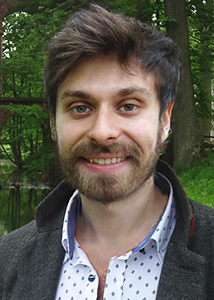

“Immersion: Eastern European Transformations of Hygiene Architecture, 1680-1830”
Advisers: Thomas Kaufmann, Marquand Professor of Art and Archaeology; Basile Baudez, Assistant Professor of Art and Archaeology
Musiał will study the environmental dimensions of public bathing as it developed in Eastern Europe during the 18th century. The setting of traditional steam baths in Russia, Poland-Lithuania, and the Ottoman Empire — often on riverbanks or within more secluded pleasure gardens — led to exploring the multiform relationship between human corporeality and water’s potential as a natural tool for self-care. Musiał will study how this mindset fostered the rapid development of a state-managed infrastructure devoted to social reform through the maintenance of hygiene. Studying how these innovations served as a model in the West in the 1800s will help in understanding contemporary mechanisms of cultural exchange across Europe and the influence of Eastern practices on Western debates regarding social modernization.
Daniel Ruth, Mechanical and Aerospace Engineering
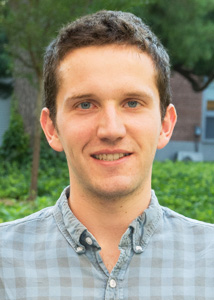

Adviser: Luc Deike, Assistant Professor of Mechanical and Aerospace Engineering and the Princeton Environmental Institute
Ruth will investigate the rate at which bubbles rising in turbulent water transfer oxygen to the water. The bubbles from breaking waves play a significant role in transferring oxygen and other gases between the ocean and the atmosphere, which influences local weather patterns, regulates the global carbon cycle, and supports marine life. Ocean bubbles are responsible for 40% of the transfer of atmospheric carbon dioxide into the world’s oceans where it is stored. Yet, global climate models do not capture all the physics that influence bubble-mediated gas transfer. Ruth will create an experimental setup through which he can control variables such as bubble size, the intensity of the turbulence, and the composition of the water to measure the oxygen content of water under conditions similar to those of breaking waves in the ocean.
Joanna Schneider, Chemical and Biological Engineering
“Removing Contaminants from Porous Groundwater Aquifers”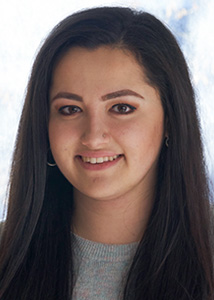

Advisers: Sujit Datta, Assistant Professor of Chemical and Biological Engineering; Rodney Priestley, Professor of Chemical and Biological Engineering
Schneider will study the effectiveness of colloidal particles in providing a simpler and more efficient method for removing oily contaminants from groundwater aquifers. Sub-micron sized particles, commonly referred to as colloids, have been shown to bind to and remove oil from porous rocks, but the pathways to removal remain largely unknown. As a result, scientists have little control over optimizing these processes in the field. Schneider will test two types of colloids: surface active colloids — which collect on the surface where oil and water meet — and non-surface active colloids, which do not. This work is part of Datta and Priestley’s PEI Water and the Environment Grand Challenges project, “Targeted Groundwater Remediation Using Engineered Nanoparticles.”
Kewei Zhao, Chemistry


“Transformation of Metastable Amorphous CaCO3 Phases: Implications on Chemical and Environmental Processes”
Adviser: Satish Myneni, Professor of Geosciences
Zhao will examine how amorphous calcium carbonate (ACC) transforms into crystalline calcium carbonate (CaCO3), which is the main component of marine sediment. Scientists rely on the composition and isotopic ratio of sediments to reconstruct the ancient climate. Because ACC transformation affects the final composition of calcium carbonate, a thorough understanding of how ACC evolves is necessary to modeling the paleoclimate. Knowledge of ACC formation also could help in understanding the interaction between saline aquifers and carbon dioxide stored underground via carbon capture and storage (CCS). In addition, calcium carbonate is the major component of scales that form in water or oil pipes, causing energy loss and operations difficulties. Studying the transformation of ACC could lead to better methods for reducing scale formation.




